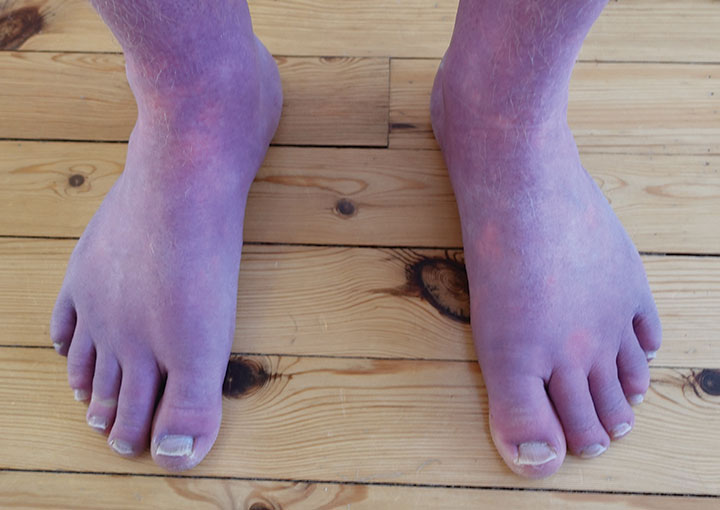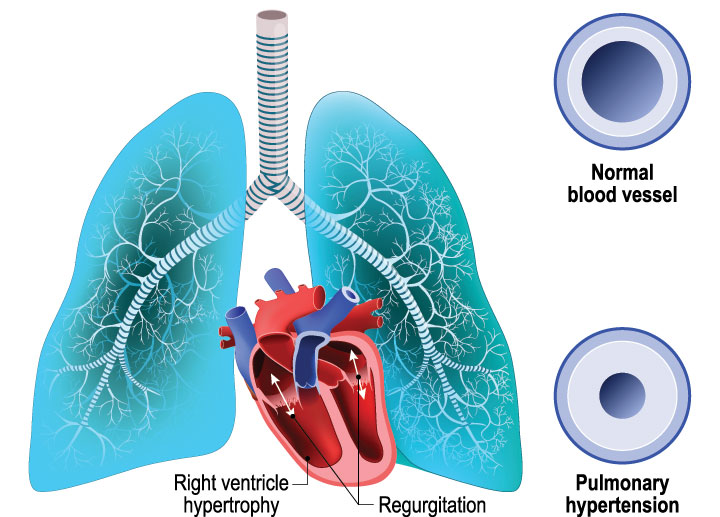Twenty years ago, nursing was responding to scientific and technological breakthroughs, market forces for cost containment and efficiency, and recurring nursing shortages. Sound familiar?
Inspired by recent conversations with colleagues on the Robert Wood Johnson Foundation (RWJF) Initiative on the Future of Nursing at the Institute of Medicine (IOM), I searched my bookshelf for volumes that reflect studies of the nursing workforce and propose a preferred future for nursing. In 1986, the IOM addressed the impact of nurse staffing and quality in its landmark work, “Nursing Staff in Hospitals and Nursing Homes: Is It Adequate?” In 1988, the Secretary’s Commission on Nursing of the U.S. Department of Health and Human Services (HHS) issued recommendations to relieve the nursing shortage and assure a healthy nurse labor market. Also during the 1980s, the American Organization of Nurse Executives, American Nurses Association, National League for Nursing, and American Association of Colleges of Nursing convened summit meetings to devise strategies for increasing the workforce and addressing the nursing shortage. These meetings led to The Nursing Shortage: Opportunities and Solutions, a series of six monographs published in 1990.
We’ve achieved some of the major goals of the published recommendations, such as supporting the use of RNs in direct care, addressing workplace concerns to retain experienced nurses, and involving nurses more in governance. However, other key action strategies—creating innovative staffing patterns that differentiate practice by education, outcomes-based reward systems—remain elusive.
The IOM has again assembled some of the most knowledgeable and action-oriented healthcare leaders to reflect backward and project forward on what’s good for nursing as well as the nation’s health. Its RWJF Future of Nursing Initiative will identify essential roles for nurses integral to achieving a transformed healthcare system with greater efficiency and effectiveness, thereby improving access to care and quality. It will call upon nurse leaders to implement nursing solutions that reduce costs. The results will target policymakers, state and local governments, professional organizations, educational institutions, other nursing constituencies, and potential nursing candidates.
Early critics of the initiative have expressed skepticism that it will produce changes. So what will be different this time?
We now see a weakening in the stranglehold of those who’ve been trying to restrict nurses’ practice. Advanced practice registered nurses (APRNs), who can provide a significant portion of primary care and chronic disease management, rarely have framed the debate as one of economics and possible restraint of trade. Legislation recently introduced in Congress strives to offer APRNs expanded Medicaid coverage and an official role in the emerging patient-centered medical home—a model of comprehensive primary care coordinated with patient and family.
The IOM initiative aims to ensure a blueprint with a broad, bold impact on the future of nursing. It will tackle such issues as the role of nurses within the healthcare workforce, effect of technology on nurses’ work and time, nursing education capacity, innovation in delivery of care and education, and creation of a stable and well-prepared workforce for all settings.
As the healthcare debate takes center stage, we must frame the nursing shortage as a public health issue. We must ensure nurses’ capacity, knowledge, and abilities to meet future demands and to play a central role in reforming health care.
IOM commission members boast track records that reflect great depth and courage. The Chair is Dr. Donna Shalala, former HHS Secretary under President Clinton and current President of the University of Miami and Professor of Political Science. The Vice Chair is Dr. Linda Burnes Bolton, Vice President for Nursing at Cedars-Sinai Medical Center in Los Angeles. With such distinguished leaders, we can have confidence that this transformational opportunity will succeed in creating an investment formula that advances education, promotes and sustains transformed work environments, and positions nurses as innovators in care delivery.
Nurses are the key to helping us all live healthier lives and retooling our expensive and complex healthcare system. Our job is to encourage this group to “color outside the lines”—to move on from solutions proposed in the past and to create new ideas that explode the status quo and move nursing and health care into the future. You can follow the progress of the initiative at http://www.iom.edu/CMS/28312/64233.aspx.
Pamela F. Cipriano, PhD, RN, FAAN, NEA-BC
Editor-in-Chief

















